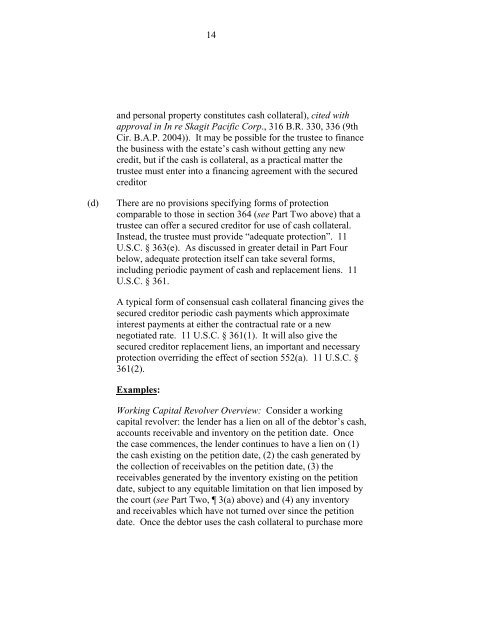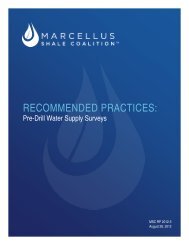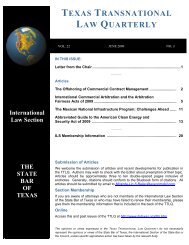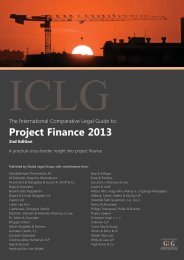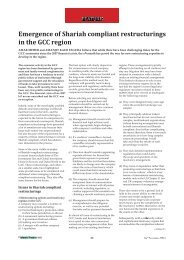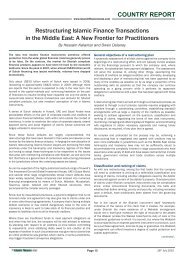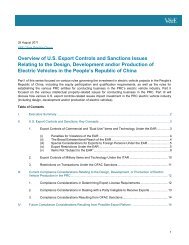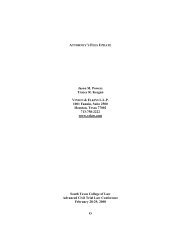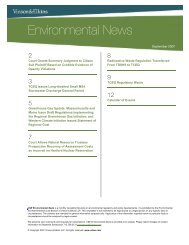12 AN INTRODUCTION TO DIP FINANCING Jane Lee
12 AN INTRODUCTION TO DIP FINANCING Jane Lee
12 AN INTRODUCTION TO DIP FINANCING Jane Lee
You also want an ePaper? Increase the reach of your titles
YUMPU automatically turns print PDFs into web optimized ePapers that Google loves.
14<br />
and personal property constitutes cash collateral), cited with<br />
approval in In re Skagit Pacific Corp., 316 B.R. 330, 336 (9th<br />
Cir. B.A.P. 2004)). It may be possible for the trustee to finance<br />
the business with the estate’s cash without getting any new<br />
credit, but if the cash is collateral, as a practical matter the<br />
trustee must enter into a financing agreement with the secured<br />
creditor<br />
(d)<br />
There are no provisions specifying forms of protection<br />
comparable to those in section 364 (see Part Two above) that a<br />
trustee can offer a secured creditor for use of cash collateral.<br />
Instead, the trustee must provide “adequate protection”. 11<br />
U.S.C. § 363(e). As discussed in greater detail in Part Four<br />
below, adequate protection itself can take several forms,<br />
including periodic payment of cash and replacement liens. 11<br />
U.S.C. § 361.<br />
A typical form of consensual cash collateral financing gives the<br />
secured creditor periodic cash payments which approximate<br />
interest payments at either the contractual rate or a new<br />
negotiated rate. 11 U.S.C. § 361(1). It will also give the<br />
secured creditor replacement liens, an important and necessary<br />
protection overriding the effect of section 552(a). 11 U.S.C. §<br />
361(2).<br />
Examples:<br />
Working Capital Revolver Overview: Consider a working<br />
capital revolver: the lender has a lien on all of the debtor’s cash,<br />
accounts receivable and inventory on the petition date. Once<br />
the case commences, the lender continues to have a lien on (1)<br />
the cash existing on the petition date, (2) the cash generated by<br />
the collection of receivables on the petition date, (3) the<br />
receivables generated by the inventory existing on the petition<br />
date, subject to any equitable limitation on that lien imposed by<br />
the court (see Part Two, 3(a) above) and (4) any inventory<br />
and receivables which have not turned over since the petition<br />
date. Once the debtor uses the cash collateral to purchase more


